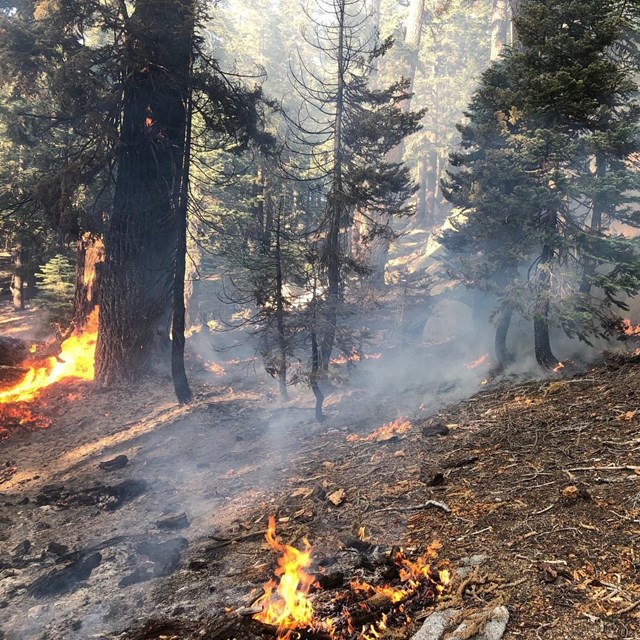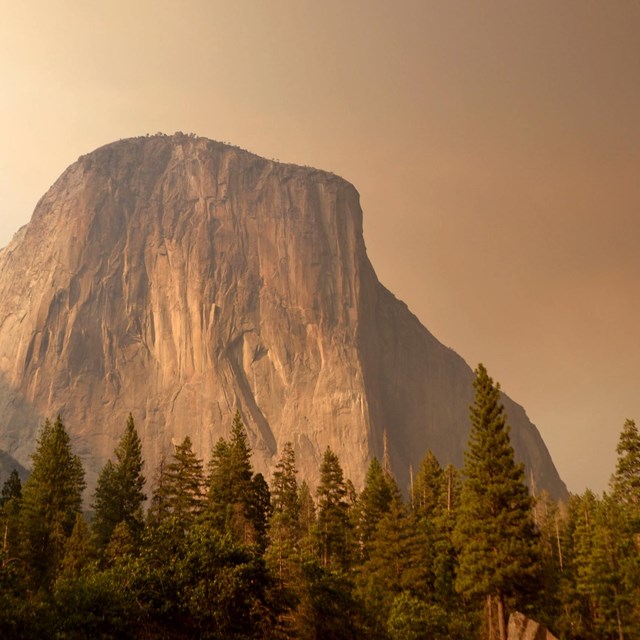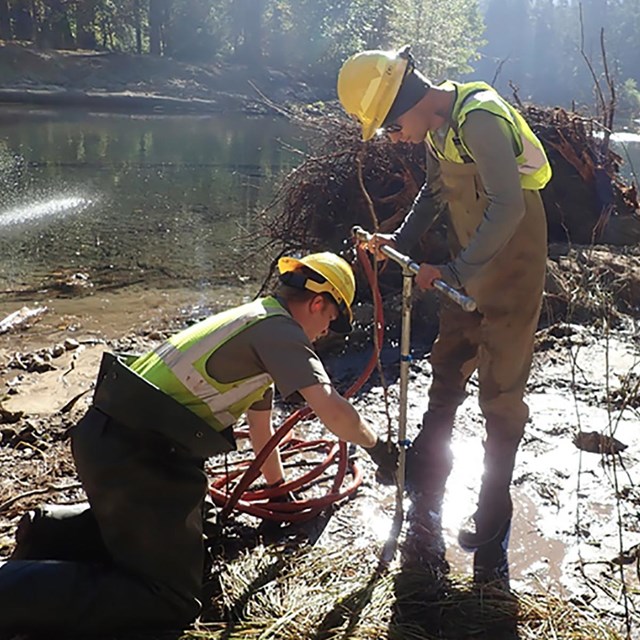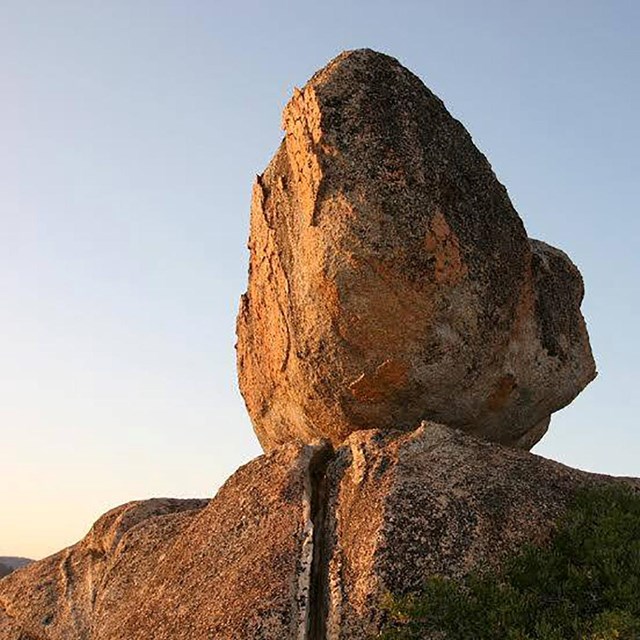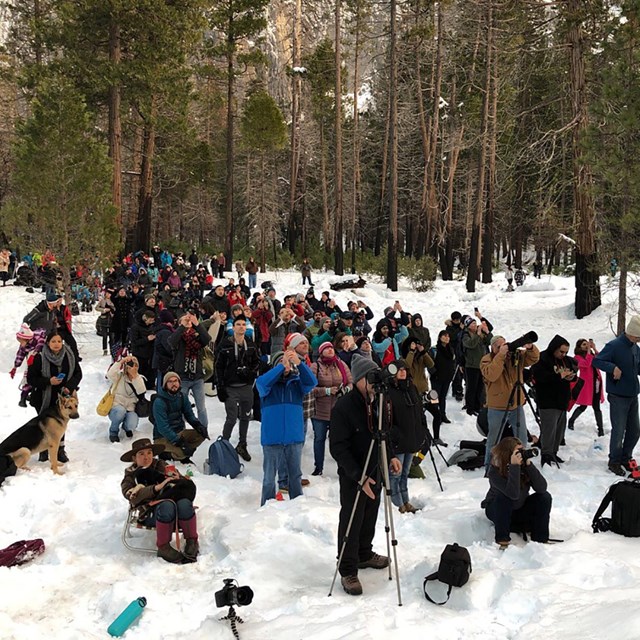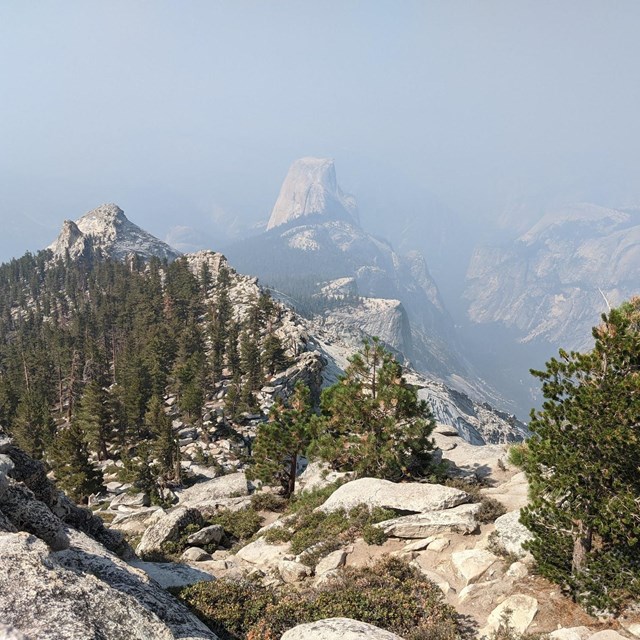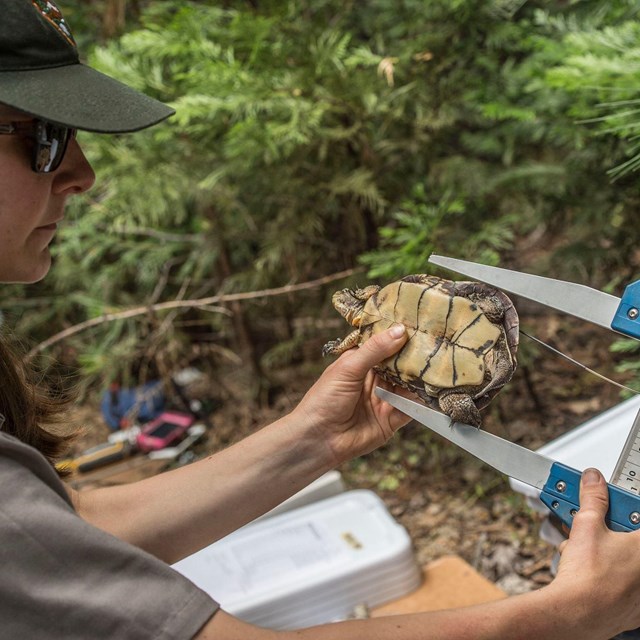|
Yosemite’s 747,956 acres (1,169 square miles), nearly 95 percent of which are designated Wilderness, are home to hundreds of wildlife species, and over a thousand plant species. Designated a World Heritage Site in 1984, Yosemite is known for its granite cliffs, waterfalls, clear streams, giant sequoia groves and biological diversity. Two Wild & Scenic Rivers, the Tuolumne and Merced rivers, begin in the park and flow west to the Central Valley. The park is a scientific laboratory of hydrology, geology and glaciology, amongst other sciences.
Learn More
Yosemite Observer Dashboard: Physical SciencesVisual, interactive information about current weather, stream flow, fires, and air quality conditions; all on one site! |
Last updated: August 21, 2023



